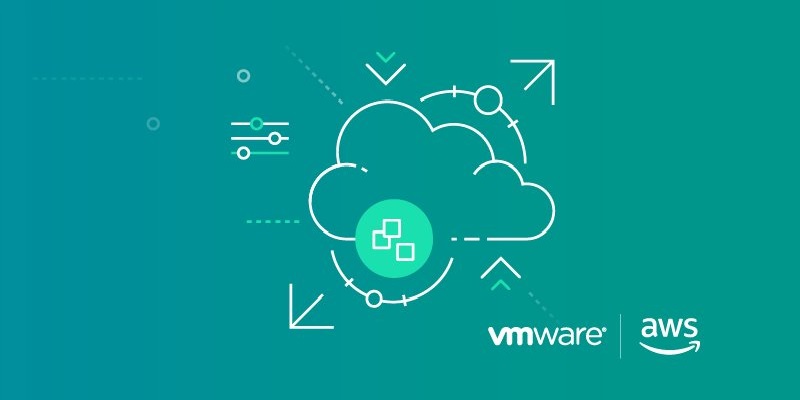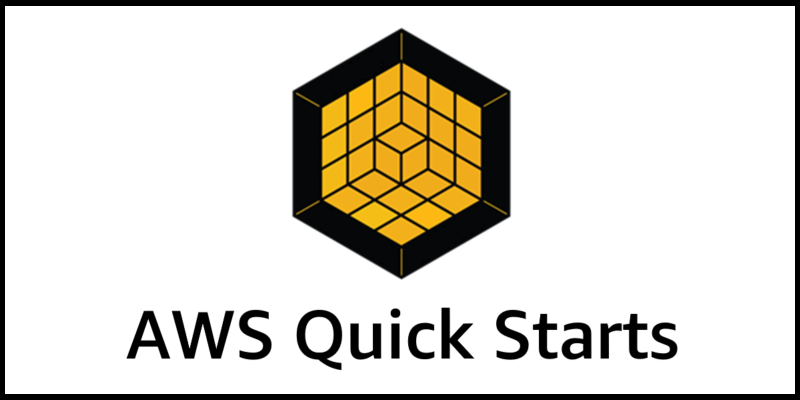AWS Partner Network (APN) Blog
Tag: Amazon Route 53
How Deep Neural Networks Built on AWS Can Help Predict and Prevent Security Threats
Deep learning is inspired by the human brain and once a brain learns to identify an object, its identification becomes second nature. Similarly, as Deep Instinct’s artificial neural network learns to detect more and more types of cyber threats, its prediction capabilities become instinctive. As a result, malware both known and new can be predicted and prevented in zero-time. Deep Instinct’s predictive threat prevention platform can be applied against known or unknown threats, whether it be a file or fileless attack.
Using Elastic Load Balancing for Horizon 7 on VMware Cloud on AWS Deployments
With Horizon 7 on VMware Cloud on AWS, customers can enjoy the agile, flexible consumption models and management of the AWS Cloud. This is great for temporary desktop and application capacity, application locality, data center expansions,POC, and disaster recovery use cases. In this post, we provide guidance on how customers looking to deploy Horizon 7 on VMware Cloud on AWS can make use of Amazon Route 53 and Elastic Load Balancing to provide greater scalability, availability, and fault tolerance.
Updated Red Hat OpenShift on AWS Quick Start with AWS Service Broker
A new update for the Red Hat OpenShift on AWS Quick Start improves usability by simplifying the management of certificates and domain names, and provides customers with the ability to scale workloads. Users can also enable AWS Service Broker via a parameter input during stack launch. AWS Service Broker is a new open source project directly integrated into OpenShift, allowing you to deploy AWS services without leaving the application platform. Red Hat is an APN Advanced Technology Partner.
Architecting Multi-Region SaaS Solutions on AWS
As SaaS organizations grow and begin to extend their global reach, they must consider how their larger geographic footprint will shape and influence the architecture of their systems. Operations, deployment, agility, security, and scale all can be impacted by the move to a geographically distributed SaaS model. The more complexity that is added to a system’s operational and deployment profile, the more challenging it becomes to maintain the agility goals that are often associated SaaS delivery models.
Simplify Your Customer Engagement with AWS and Salesforce Heroku
By Kevin Cochran. Kevin is a Strategic Partner Solutions Architect at AWS. Imagine what it would be like to write your web application, deploy it, and be done. No servers, no networking—just the excitement of coding and delivering. Now that’s a developer’s paradise—full control over all of the parts needed to do just that! Yet, […]




